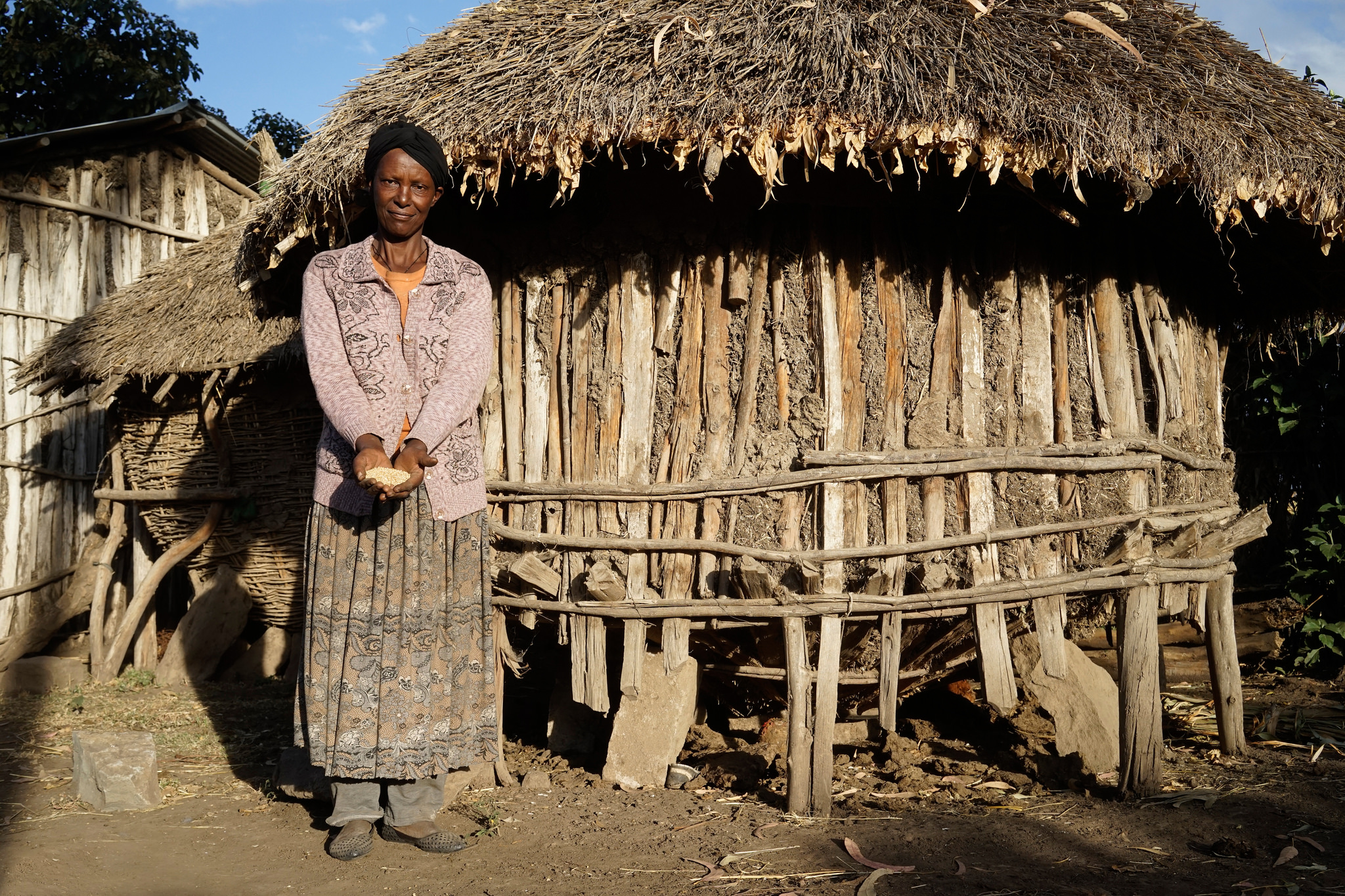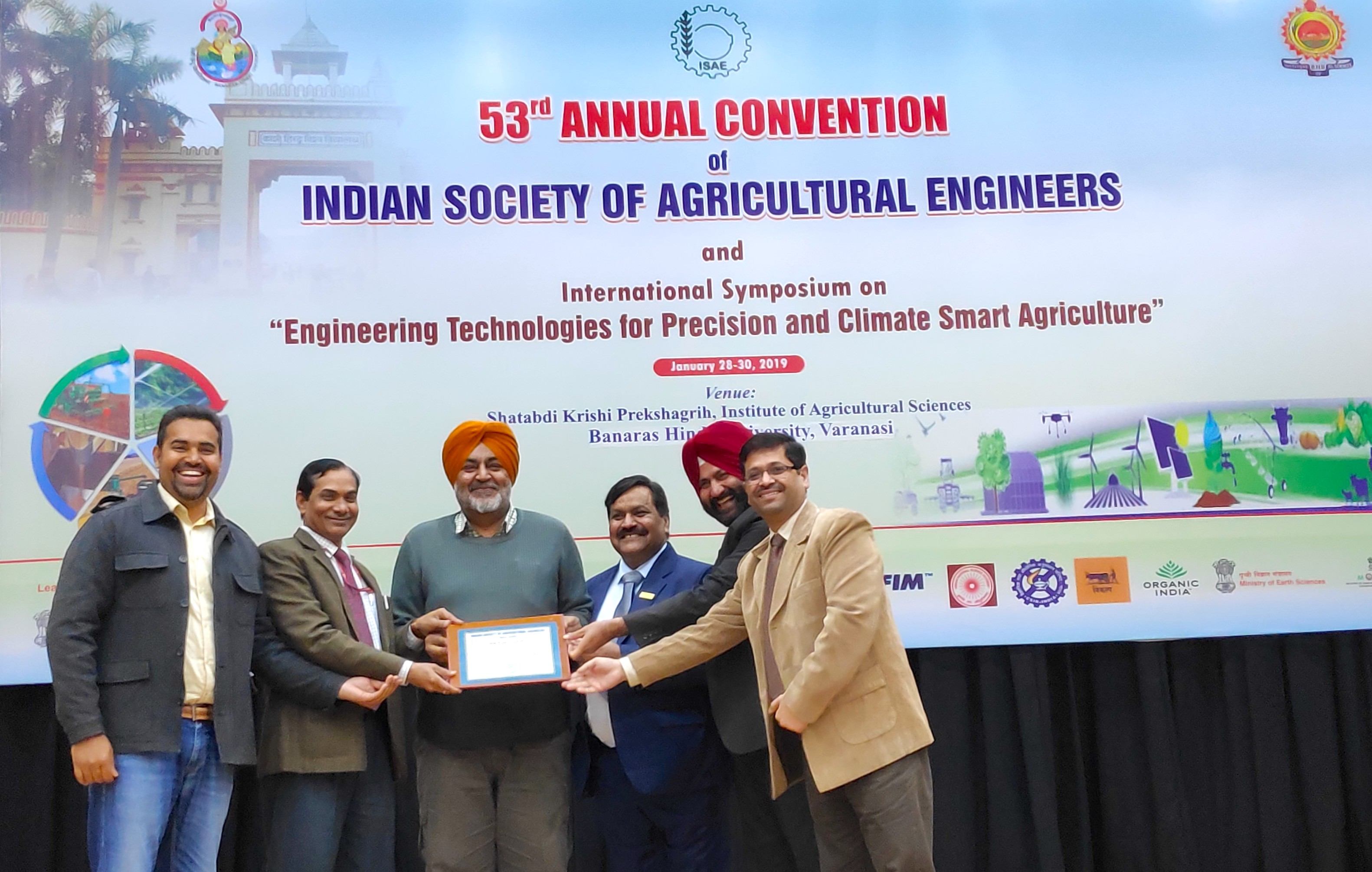A recent study by socioeconomists at the International Maize and Wheat Improvement Center (CIMMYT) in Bangladesh examined the role of fertilizer traders in influencing farmer decision-making on which fertilizer to apply and at what rate.
In developing countries, the emerging private sector is gradually filling the gap between supply and demand of agricultural extension services. In Bangladesh, most farmers still rely on either their own experience or that of their peers, but increasingly seek suggestions from traders when deciding on the amount and dose of fertilizer to be applied, due to the constraints associated with public agricultural extension services. These private fertilizer traders are increasingly prominent as information sources in the more accessible, intensive and commercially-oriented boro rice production systems.
Using primary data collected from 556 randomly selected farm households in Bangladesh, the study examined farmers’ chemical fertilizer use and the associated rice production efficiency based on different information sources that farmers rely on, such as fertilizer traders, government extension agents, and personal experience.
The research show that farmers who relied on traders statistically had a higher production efficiency than those who did not. These results suggest that fertilizer traders are in fact supplementing government agricultural extension activities by providing useful information which supports resource-poor farmers to mitigate market failures and achieve higher production efficiency.
Read the full article “Small businesses, potentially large impacts: the role of fertilizer traders as agricultural extension agents in Bangladesh” in the Journal of Agribusiness in Developing and Emerging Economies.
This study was supported by USAID through the Cereal Systems Initiative for South Asia – Mechanization and Irrigation (CSISA-MI) project, as well as USAID and Bill & Melinda Gates Foundation through the second phase of the CSISA project.

Read more recent publications by CIMMYT researchers:
- Ten years of conservation agriculture in a rice–maize rotation of Eastern Gangetic Plains of India: yield trends, water productivity and economic profitability. 2019. Jat, R.K., Ravi Gopal Singh, Kumar, M., Jat, M.L., Parihar, C.M., Bijarniya, D., Sutaliya, J.M., Jat, M.K., Parihar M.D., Kakraliya Suresh Kumar, Gupta, R.K. In: Field Crops Research v. 232, p. 1-10.
- Exploiting genotype x environment x management interactions to enhance maize productivity in Ethiopia. 2019. Seyoum, S., Rachaputi, R., Fekybelu, S., Chauhan, Y., Prasanna, B.M. In: European Journal of Agronomy v. 103, p. 165-174.
- Yield response to plant density, row spacing and raised beds in low latitude spring wheat with ample soil resources: an update. 2019. Fischer, R.A., Moreno Ramos, O.H., Ortiz-Monasterio, I., Sayre, K.D. In: Field Crops Research v. 232, p. 95-105.
 Innovations
Innovations 


